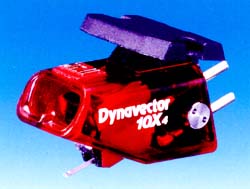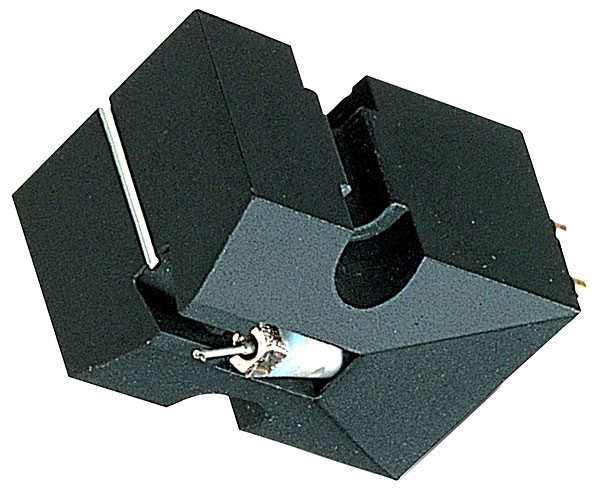As one might anticipate, the cartridge market in the late 1970s was thriving. This was the pinnacle of the vinyl craze, when the format was all-powerful and the only method to listen to high-quality stereo recordings.
As you might expect, the market was broad, with cheap Goldring G850 moving magnets retailing for around £10 and a Supex SD900 – widely regarded as the best moving coil cartridge money could buy – costing twenty times that. Ortofon’s FF15E II and VMS20E II were all-conquering in the middle, although A&R Cambridge’s C77 and P77 provided some retaliation. The Elite Electronic Industries 500 and 700 moving magnet cartridges, which cost roughly £50 and £80 respectively, entered the fray. It was the brainchild of an opinionated young Australian named Max Townshend, who went on to start Townshend Audio in Melbourne.
With an 18mm tall gold colored body and a highish (for the time) 3.5mV output, the cartridge is a handsome well constructed object. The load impedance was stated to be 47k ohms, 270pF, and the output impedance was stated to be 2,500 ohms. The white stylus assembly, on the other hand, was the underdog of the show for two reasons. It possessed a high-quality boron cantilever, which was a significant upgrade over most moving magnets’ cheap aluminium cantilevers, and it was finished with a nude parabolic diamond stylus of 503 microns.
The parabolic stylus profile was a breakthrough; it tracked better and produced a far more detailed and sweeter sound than the ellipticals of the time. It was an order higher than the normal stylus tip, similar to the Shibata profile produced by JVC for quadraphonic use. The tracking force was a highish (for its type) 1.8 to 2.0g, with 1.8g suggested. Compliance was quoted at 10cu (making it pretty average for its type), and compliance was quoted at 10cu (making it fairly average for its type). According to EEI, the frequency response ranges from 10 to 20,000Hz. The cartridge is supposed to perform best with a very tiny negative VTA of 23 degrees, according to EEI.
The EEI 700 is a fantastic sounding moving magnet that outperforms many budget to mid-priced moving coils of the time. It was a revelation to anyone used to a £30 Ortofon: smooth, open, detailed, and tonally slightly sweet. This is one of the best sounding moving magnets around, packed with information while being incredibly melodious.
EEI went on to produce a number of cartridges, including the EEI 300H moving magnet with nude conical stylus, the EEI 400 shanked elliptical version, and the EEI 500 shanked parabolic version. The MC555, a nude conical stylused moving coil, and the flagship nude parabolic-equipped MCP555, an MC with the same stylus as the EEI 700, were both produced by the company. The Elite Electronics 700 is the most well-known of the Elite Electronics cartridges, and it’s best found secondhand. You’ll have to spend around £200 for a mint specimen of this currently – which is still a great deal!







